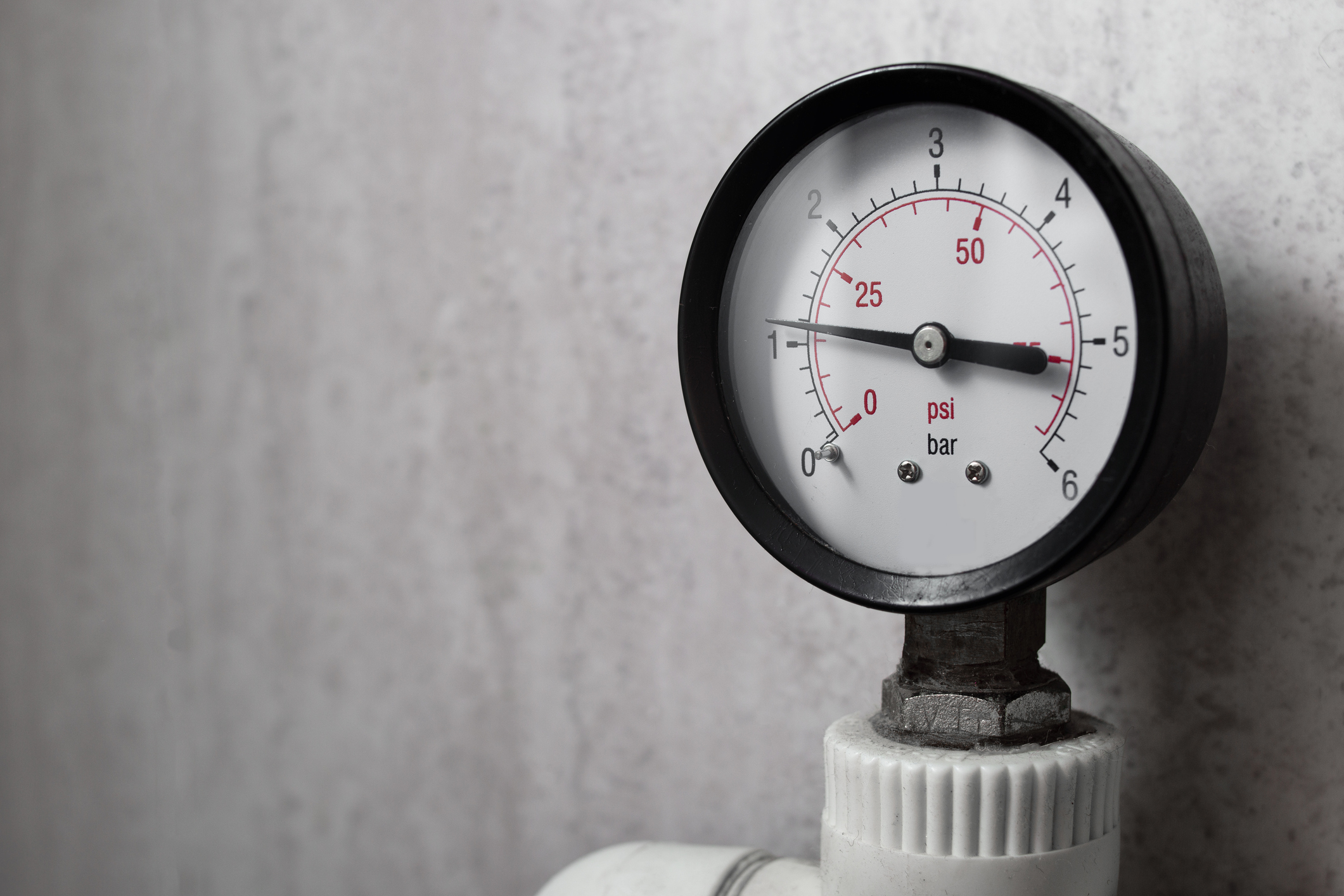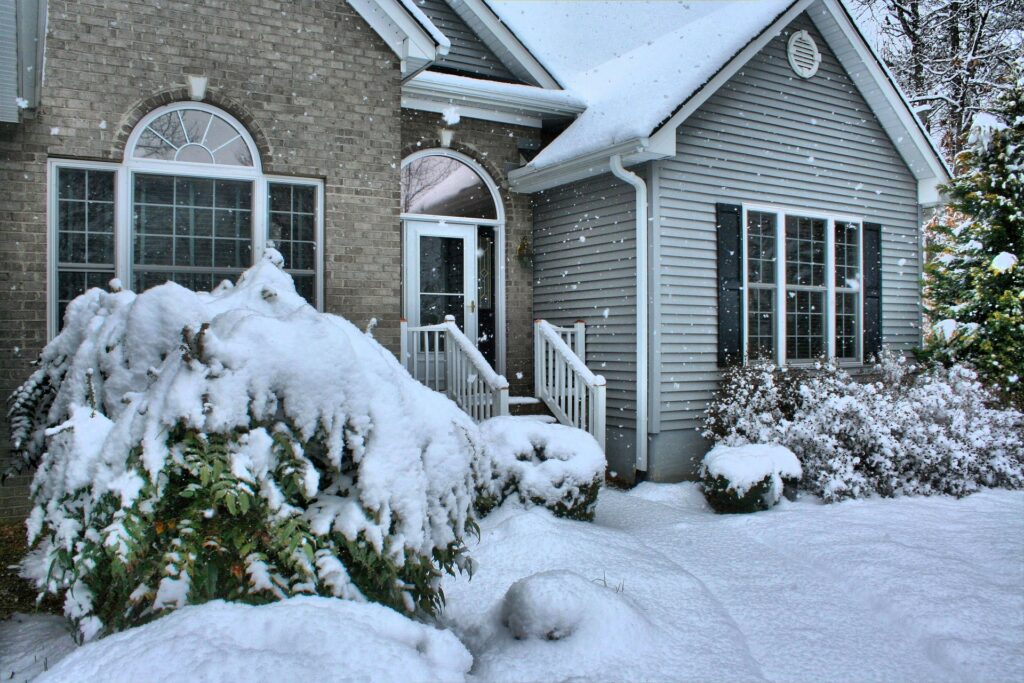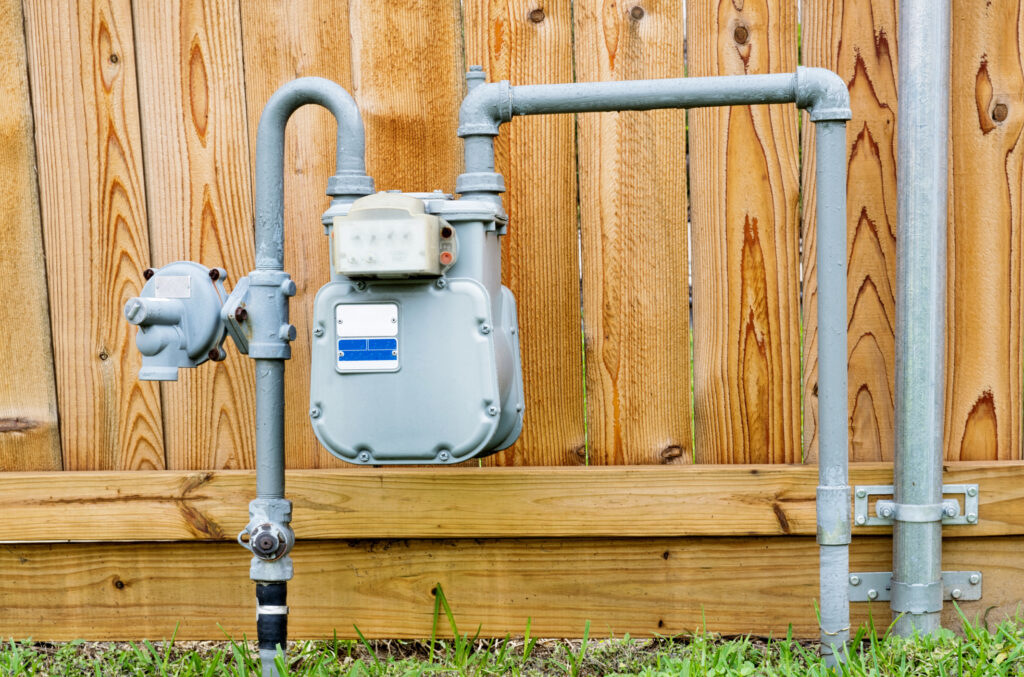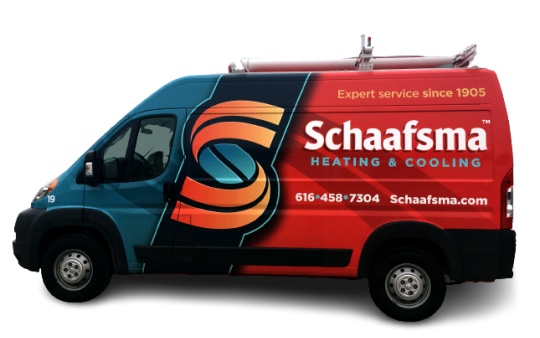
A boiler malfunction can be challenging for homeowners, especially since many of its components are hidden from view. However, identifying the signs early will prevent costly repairs down the line.
Thankfully, elevated or high boiler pressure is a common issue with detectable signs. Understanding the ideal pressure range for a boiler is valuable so that you can call in a professional if you notice a spike or anything out of the ordinary. Schaafsma’s NATE-certified technicians offer boiler repair and replacement installations to countless customers in the Greater Grand Rapids area. We offer prompt, dedicated solutions to maintain and restore your heating and hot water systems with our comprehensive boiler services.
Here, we’ll help you flag the signs of high boiler pressure, how to reduce it, and what pressure range you should try to maintain. Noticing this problem early is the best prevention of a total boiler breakdown!
Importance of Maintaining Proper Boiler Pressure
Modern boilers usually require minimal care outside of an annual service check. They operate as thermal conductor units by heating cool water and distributing it through your home’s pipework or radiators.
Your boiler’s water pressure is measured in “psi” or pounds per square inch, ensuring efficiency and safety. Most household boilers, including combination boilers, should fall in the 12 psi to 15 psi when not actively in use. When heating water, they typically rise to the 20 to 30 psi range. Anything above a 30 psi pressure level should be considered risky, as it places extra strain on your boiler.
Risks of High Pressure
High boiler pressure can lead to leaks, damaged pipes and valves, and, at extreme levels, boiler explosion. While a combustion risk is rare, boiler pressure should never be overlooked. It is critical that you understand your particular system’s recommended range and its safety mechanisms.
High pressure can be caused by:
- Too much water poured in to overcompensate for low pressure
- Open or loose filling valves
- A faulty expansion tank or pressure relief valve
- An aged boiler that is 10 years or older
- A recent repressurizing that hasn’t settled at the right level
How To Check & Reduce Your Boiler’s Pressure
Regardless of the age or make of your boiler, its external pressure gauge is the easiest and most reliable way to check its pressure level. Modern boilers have a digital reader, while older models may have a hydraulic dial. A 1- to 1.5-bar range is a regular resting state. When a boiler is on, 1.5 to 2 bars is a safe operational range. Anything above 3 bars is considered high.
Homeowners can take action to safely reduce boiler pressure. First, turn off the unit. Next, check the pressure valves usually found underneath the boiler, ensuring all are secured tightly and none are loose. After the boiler has fully cooled, try “bleeding your radiators.” This consists of opening the bleed valve on each radiator, releasing excess moisture and pressure. Keep a cloth handy to absorb or wipe up any leaks.
At any point, call a professional for help. We’ll be able to diagnose the root cause and get your boiler up and running again.
Call the Schaafsma Team for Boiler Issues
If you’re unsure how to read boiler pressure or have concerns about your current system, call a Schaafsma team member for a quick solution. Our top-rated technicians offer the best HVAC services to our Grand Rapids community, providing a standard of care that has earned us an A+ rating from the BBB. Since 1905, we have been the experts in in-home service.
Need help with your boiler pressure? Schedule a service appointment for a boiler repair or maintenance check in Grand Rapids, MI.




